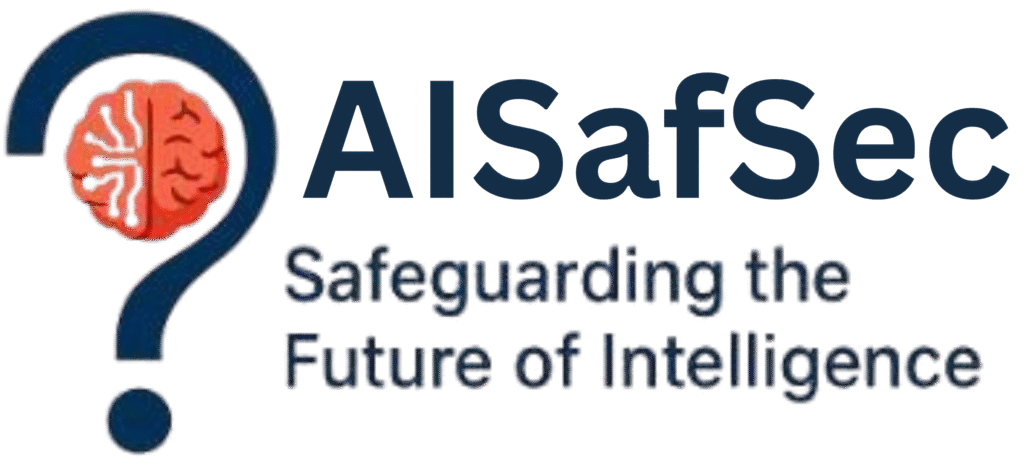The EU AI Act represents one of the most comprehensive regulatory efforts to govern artificial intelligence, aiming to ensure that AI technologies deployed across the European Union are safe, transparent, and aligned with fundamental rights. One of the core components of this regulation is its risk-based classification system, which categorizes AI systems into different levels of risk—each with specific compliance obligations. For those just beginning to understand the EU AI Act, grasping the logic behind these risk classes is essential for navigating the evolving regulatory landscape and ensuring responsible AI deployment.
At the foundation of the Act is the principle that not all AI systems pose the same level of risk to individuals or society. The regulation identifies four primary risk categories: unacceptable risk, high risk, limited risk, and minimal risk. Unacceptable risk systems are those that are considered a clear threat to people’s rights and safety, such as AI used for social scoring by governments or manipulative systems targeting vulnerable groups. These systems are outright banned within the EU.
High-risk AI systems are where most of the regulatory focus lies. These include AI used in critical areas such as employment, education, healthcare, law enforcement, and transportation. If an AI system falls under this category, it must meet strict requirements including risk assessments, transparency, human oversight, data quality management, and post-deployment monitoring. Developers and deployers of high-risk AI must be prepared to document and prove compliance, making it vital to assess early whether a system meets the high-risk threshold.
Limited-risk AI systems are those that interact with users but pose relatively low risk. For example, a chatbot that might mislead a user into thinking it’s human would fall into this category. These systems must follow basic transparency requirements, such as notifying users they are interacting with AI. Minimal-risk AI systems, such as spam filters or AI used in video games, are largely exempt from the Act’s regulatory obligations but are still encouraged to follow best practices.
Understanding where your AI system falls within this classification helps determine the level of oversight and documentation required. For organizations building or deploying AI in the EU—or planning to do so—mapping out the system’s intended use, the potential impact on people, and the context of deployment is crucial. Although the Act is still undergoing final adjustments, its risk-based framework sets a global precedent for how to regulate AI according to potential harms, encouraging innovation while protecting human rights and public trust.
By familiarizing yourself with these risk classes, you gain clarity not only on compliance, but also on how to build AI systems that are better aligned with ethical and societal expectations. As regulation becomes a key part of the AI ecosystem, early understanding and adoption of these principles will position teams and companies to lead responsibly in the age of intelligent technologies.




